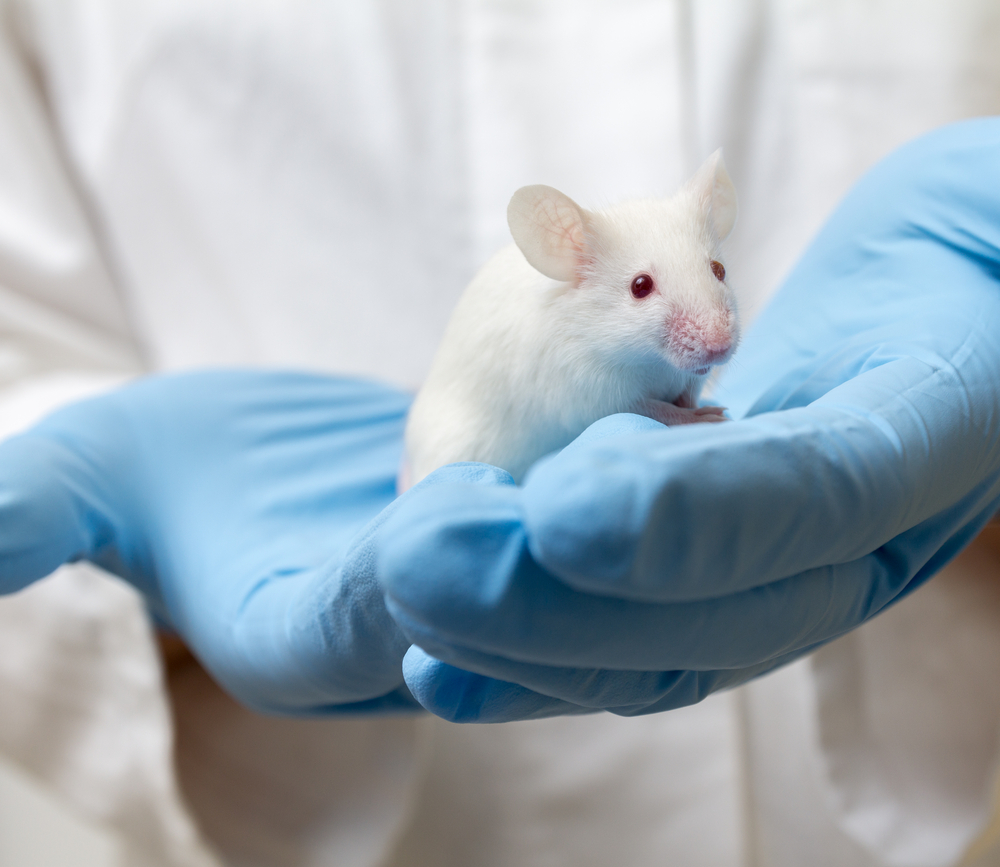Muscle Weakness Tied to Poor Mitochondria Function

Muscle weakness
Poorly working mitochondria — small energy-producing cell compartments — may drive muscle weakness or wasting in a new mouse model of porphyria, a study suggests.
“In some cases, muscle atrophy [is] present in porphyria; however, the underlying mechanism is still unknown,” its authors wrote. These findings may therefore provide new insights into the causes of the disease.
The study, “Muscle atrophy induced by overexpression of ALAS2 is related to muscle mitochondrial dysfunction,” was published in the journal Skeletal Muscle.
A a team of researchers in China used genetically modified, or transgenic, mice in which ALAS2 was produced (expressed) in amounts larger than normal.
ALAS2 — short for delta-aminolevulinate synthase 2 — is an enzyme involved in an early step of heme production, which is disrupted in all forms of porphyria. Heme is a molecule that enables red blood cells to transport oxygen throughout the body.
According to investigators, mice overexpressing ALAS2 develop many typical features of porphyria, including the buildup of heme precursors in different tissues, and may “be a new model of porphyria.”
Researchers began their studies by comparing muscle changes between transgenic and healthy, or wild-type, mice.
“As muscle weakness is a clinical manifestation of porphyria, we measured the forelimb muscle grip strength,” the researchers wrote.
To do so, investigators used an electronic device that recorded the force exerted by mice as they pulled a horizontal bar with their forelimbs. The grip strength of transgenic mice was about two-thirds that of wild-type animals.
On inspection, researchers noted that transgenic mice “were smaller and thinner,” and showed clear signs of muscle wasting. The amount of muscle mass in the front part of the thigh (quadriceps) and the back part of the leg (gastrocnemius) was more than two times lower in transgenic mice compared to healthy animals.
This clear difference in muscle mass between the two groups of mice remained obvious even after investigators adjusted the amount of muscle to each animal’s total body weight.
To learn what could be driving the loss of muscle mass in transgenic animals, researchers looked at muscle fibers, which are bundles of muscle cells that contract to produce movement.
Upon close examination of pieces of tissue taken from the quadriceps, they found that transgenic mice had a high number of muscle fibers with centrally located nuclei. This particular feature is a clear sign of muscle disease. In contrast, in normal, wild-type muscle fibers, nuclei were located at the periphery and were distributed evenly.
Moreover, in transgenic mice, the average diameter of single muscle fibers was almost half that of wild-type mice. In addition to being thinner, muscle fibers from transgenic also were damaged, as showcased in another experiment in which investigators used a special dye called Evans blue. This dye was able to enter into muscle fibers of transgenic animals — a clear sign of muscle tissue breakdown — but not those of wild-type mice.
At the molecular level, transgenic mice had smaller amounts of certain muscle-specific proteins involved in the breakdown of proteins into smaller amino acids (protein building blocks). The researchers suggested this reduction may be “a protective attempt to reduce further muscle wasting.”
To meet their energy demands, muscle fibers have multiple mitochondria. Researchers wondered if mitochondria damage could explain muscle weakness and wasting in transgenic mice.
Using a transmission electron microscope to obtain highly magnified images of muscle fibers, they found that mitochondria of transgenic, but not of wild-type mice, were swollen. Mitochondrial swelling is a sign that mitochondria may not be working properly.
More experiments revealed that mitochondria found in the muscles of transgenic animals produced less adenosine triphosphate (ATP) — the cell’s main energy source — than those found in the muscles of healthy mice.
Overall, the researchers concluded that muscle weakness in transgenic mice could be linked to poorly working mitochondria.
“In the future,” the researchers wrote, “we will use this model to investigate the relationship of mitochondrial dysfunction and porphyria-related muscle weakness.”






